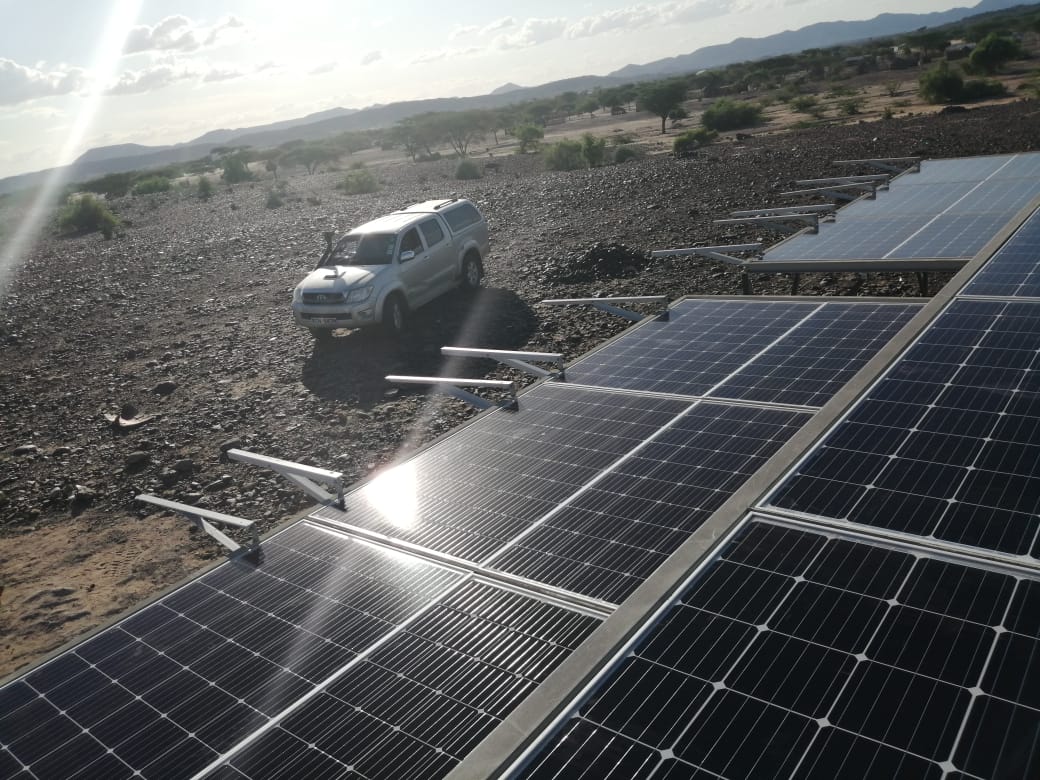When it comes to solar energy pros and cons, we’ve heard it all: It’s for hippies, it’s too expensive or it doesn’t work. Yet more solar energy systems are being installed on homes and businesses than ever. We take aim at 10 solar myths and the truths behind them.
1. Solar is a new unproven technology.
The history of photovoltaic solar power began with scientific experimentation during the late 1800s. The first PV silicon cell capable of converting the sun’s energy into power that could run electrical equipment was introduced in 1954, and by 1983, worldwide PV production exceeded 21 megawatts. SunPower has been in business for more than 30 years and globally has installed 5.8 gigawatts as of December 2014, enough to power 4.1 million homes, and we have more than 12 gigawatts in our development pipeline worldwide.
2. Solar only works in sunny, warm climates.
Many people believe that solar won’t work in a colder climate with shorter, darker days. That’s not true. Solar panels actually work more efficiently in colder temperatures because heat can reduce output voltage. While more direct sun exposure will indeed allow a solar system to generate more power, modern panels are quite efficient and can still generate energy in low light situations. Someone living in Seattle, for example, needs a somewhat larger solar array to get the same results as someone in Southern California. For years, Germany was the largest solar energy market in the world. Bottom line is, solar works anywhere there is daylight.

3. Solar is too expensive.
The price of solar energy has dropped by 50 percent since 2010, according to the Solar Energy Industries Association. In many markets worldwide, solar power is less expensive than conventional energy. There are a variety of financial incentives available, such as rebates and policies that help make going solar affordable for more families and businesses. There are also a variety of solar financing options, from no-money-down leasing2 to home improvement loans that make solar more affordable.
4. If I get solar, I can live completely off the grid.
This is not really practical yet for most solar users. While many solar companies, are investing in home battery storage solutions, it’s not yet a widespread option for most homeowners. Solar energy is generally mostly used in real time or delivered back to the grid. Solar households rely on utility grids for power at night and in other situations where sunlight is limited. Battery storage costs are coming down systematically, and so there may some day be a time when it makes sense for some solar users to “disconnect” from the utility grid. However, such a scenario is unlikely for large solar users such as schools, government facilities and businesses.
5. Any surplus energy my system produces is lost.
This is not the case. Around the world, excess solar energy is used and compensated. The energy is delivered to the grid and compensated through practices called feed-in-tariffs in some international markets, such as Japan, and in some European countries. In most U.S. states there are net metering policies. Net metering is a billing strategy that essentially pays solar users for their surplus electricity by giving them credit against their use of the electrical grid at night. Any excess energy generated by a solar energy system flows back into the grid to be used by nearby homes and businesses. (For more, read about net metering here.)
6. Solar panels are ugly.
Yes, beauty is in the eye of the beholder, but today’s solar panels are generally sleek, compact and fit snugly against the roof. We take particular pride in our nearly invisible mounting hardware and our SunPower® Signature™ black solar panels, which have a distinctively elegant appearance.
7. Solar panels are fragile and don’t last very long.
Not true. Solar tiles are quite durable and can withstand even relatively harsh weather conditions, including the impact of hail up to one inch in diameter.
8. Solar will decrease the resale value of my home.
Actually, recent research by Lawrence Berkeley National Laboratory indicates that buyers are often willing to pay more for homes with rooftop solar tiles.
9. Solar is only for hippies and tree huggers.
Not anymore. Solar is being embraced by people across the entire sociopolitical spectrum. Homeowners covering all demographics; corporations, governments and schools across the world continue to increase the amount of solar power they own, buy and use. Mainstream banks are financing solar.
Read more stories




